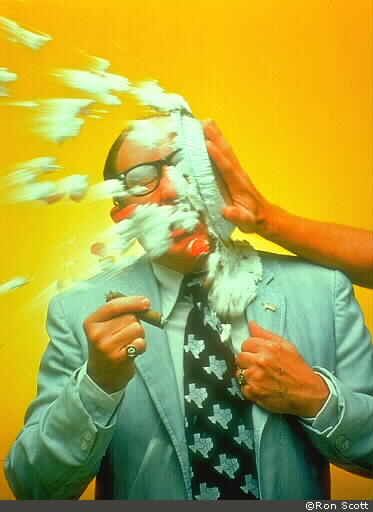muffler dragon;1617688; said:While there may be certain moments, I'm not aware of kneeling when Jews daven. Do you have a source/link?
Thanks for caring enough to ask.
Many scholars believe that when kneeling became associated with Christian prayer practice, it was forbidden by the Jewish rabbis. Don't know if there is enough evidence to support that theory, but what we do know is this.
In Matt. 6:5-6, Jesus condemns those who "love to pray standing in the synagogues and on the street corners to be seen by men".
Many scholars think he is referring to a neglected expectation of prayer, i.e. to bow down in humility or submission, some times with partial or full prostration and others after the model of Daniel in 6:10-13. "Now when Daniel knew that the document was signed, he went into his house; Now in his roof chamber he had windows open toward Jerusalem; and he continued kneeling on his knees three times every day, making requests and giving thanks before his God, AS HE HAD BEEN DOING BEFORE..."
It is also explained here.
The Prayer of our Fathers
In our days there are not many Jews who still kneel and bow during regular daily prayer. A noticable number of Orthodox Ashkenazi Jews do bow to the ground during Yom haKipurim and Rosh haShana. Most Jews are not even aware that such is the historical practice of the Jewish people to kneel and prostrate during regular daily prayer. Therefore, be prepared that if you kneel or prostrate in most synagogues, you are sure to get reactions of surprise. They may or may not be encouraging reactions. Nonetheless, so long as you are still able to concentrate properly while praying and are willing to endure the possible consequences of bowing and prostrating in public, I only encourage you to do so. It is a shame to fear men more than the Most High. How can bowing or prostrating be a sign of arrogance, especially when you know people may look upon you negatively for doing so? Rather, it is an expression of humility and submission to the Almighty. The following text of formal Jewish prayer and instruction on how it is done is according to Talmudic law as codified in the Mishneh Torah of Rambam (Maimonides). References to halakha are given in abbreviated form. For example, HT5:4 means "Hilkhoth Tefilah" chapter 5, the fourth halakha. Hilkhoth Tefilah is found in Sefer Ahavah in the Mishneh Torah:
"The mention of bending-down {k'reya} in every place is on the knees.." (HT5:13)
There are 5 places where one "bends-down" during this prayer (HT5:10). Each time one "bends-down," he should arch his back bending over until his backbone pokes out slightly (HT5:12). One need not bow in this manner if he is unable because it causes him pain (HT5:12). There are some additional reasons why a person may not need to fully bow, usually either because of stress of the situation or stress of the body (HT5:1). I will elaborate upon these later. The 5 places where one "bends-down" are highlighted in the text of prayer found in the link below. In the text of prayer found on that link, upon reading a word highlighted in bold letters, "bend-down" and make your body like an arch (qeshet). Afterwards, straighten back up into a standing position upon reading a word that is underlined.
Upvote
0




